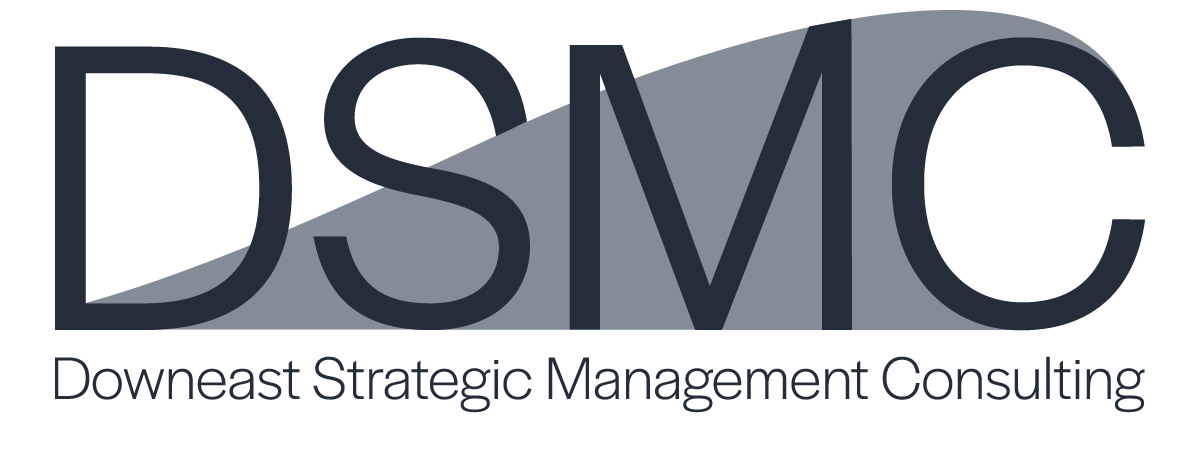Work Attitudes
Job Satisfaction is a something that every organization should strive for in its work force and that every leader should make their baseline. This is not to say that the “satisfaction” of members of your team is a goal but should be the starting point. Things like a safe work environment, reasonable pay and proper training are “satisfiers.” They are the minimum that a leader or manager should be providing to their team.
Organizational Commitment starts with job satisfaction. There are different ways for a leader to build organizational commitment from their team. It is important to realize that the job satisfaction which leads to organizational commitment is relative. The concept of a “safe work environment” is a good example of where that relativity comes in. What is considered a safe work environment for a commercial fisherman is completely different from an IT position. A safe work environment for a grill cook is different from an office worker. This is why hiring for attitude is so important.
Work attitude is closely linked to observable behavior. These behaviors might be rate of absenteeism, positive demeanor when addressing customers and willingness to learn new skills or jump into a new role on the team. A leader needs to hire based more on attitude and fit than on skill for most positions, particularly customer facing. Person/environment fit is a big driver of satisfaction and organizational commitment in the long run.
When thinking about these concepts together, the leader should understand the relative level of safety, training, pay and general work environment that can be provided, then hire based on the employee’s interests and attitude toward the work environment. Stress plus responsibility can equal burnout or lead to self-actualization depending on the context. It is the leader’s responsibility to find people with the right attitude for the position, who will be satisfied with the working conditions and pay.
Once a person is in the position and a good fit the next step is to find how to not only keep a team member satisfied but to find ways for them to grow. Some people thrive under pressure, some thrive when they have the time to do each task perfectly or to help others grow in their roles. Satisfied workers with positive work attitudes lead to less absenteeism and turnover. Satisfied and committed work force leads to positive outcomes for the business such as customer satisfaction and loyalty, profitability and safety. Get the right people in the right position, give them the room to grow and see not only the team but also the business succeeds.
Strengthsfinder, Big 5, DiSC and Meyers Briggs are all a good way to find out people’s interests and aptitudes. One of the team building activities that I have had great success with over the years is to have everyone on the team complete a Strengthsfinders 2.0 test then share our strengths with the rest of the group. This allows everyone to see not only what people feel strongly about but often opens up new lines of communication and helps a team leader know more about the organization fit of their team. My last Strengthsfinders results were Strategic, Arranger, Individualization, Responsibility and Maximizer.
Next week I will talk about annual reviews and why they are not a great idea. Please forward this along to anyone you think might benefit from these concepts. I look forward to supporting you any way I can. Drop me a note on LinkedIn, at my email address stratton@downeaststratmc.com or forward my intro blog to a friend. It provides tips and explores management principles.
